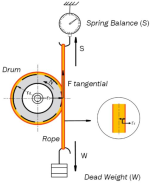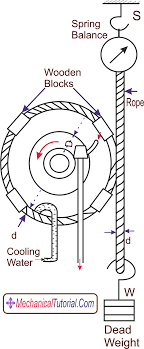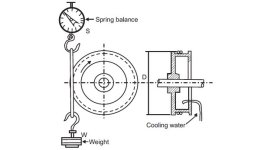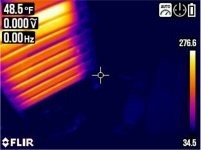Breville
10 mW
I’ve acquired a small dyno to help test the controller firmware I’m developing. I need a way to put a load on the motor opposite the one I’m driving. The first thing that came to mind was a string of lightbulbs wired across the motor phases. That’s not going to fly because my state’s government (California), in their infinite wisdom, has banned the sale of incandescent bulbs, so I can’t buy them locally, and Amazon and other online retailers won’t ship them to my address.
Any other ideas for a quick and dirty solution until I can devise something more permanent?
Any other ideas for a quick and dirty solution until I can devise something more permanent?





